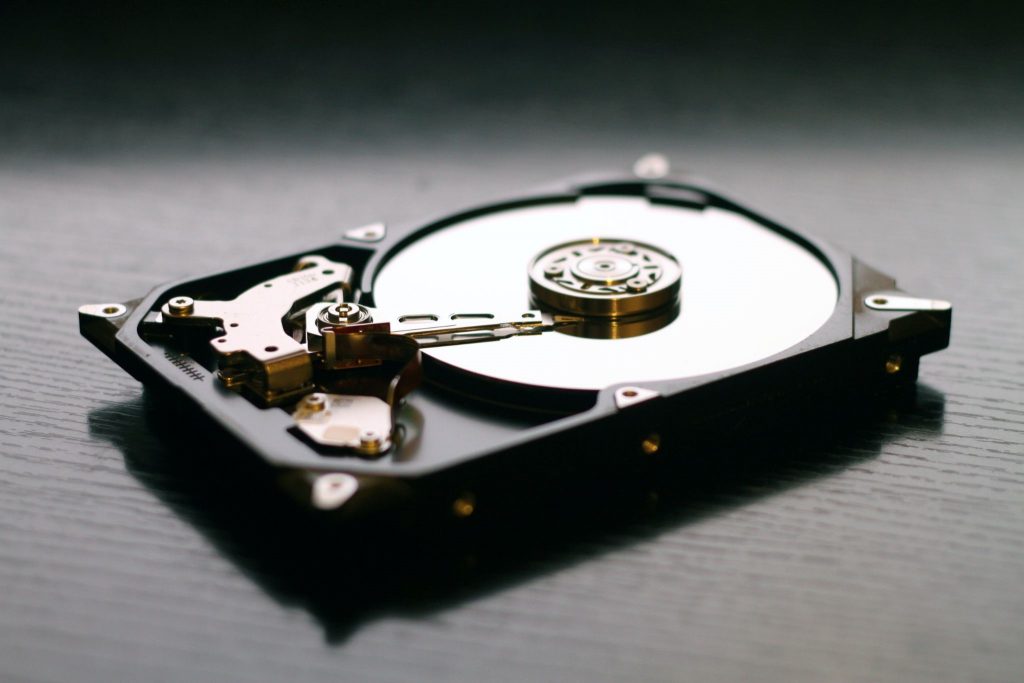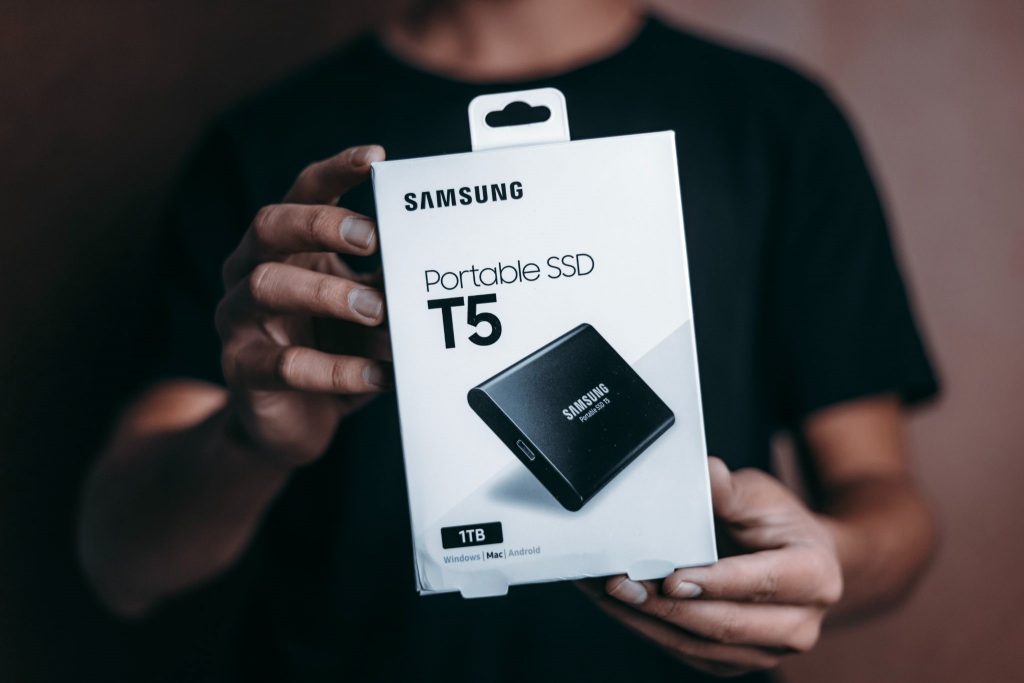If the majority of your work happens on your computer, your data is the most important thing you need to protect. Data protection and privacy have become an essential part of our lives, given how the frequency of data breaches has only increased.
You may need to remote wipe your MacBook in case you misplace it, or it gets stolen. Or, you accidentally download a virus, and it wipes out your files. Or, you delete an important file by mistake.
If this happens to you and your data is not backed up, it can be a huge problem. Thankfully MacBook’s have a built-in feature called Time Machine that takes snapshots of your computer.
Guide to Backing up Your Mac Data
Let’s find out how to use Time Machine.
1. Back up with Time Machine
What you need for Time Machine to work is an external storage disk. This is where your data will be backed up through Time Machine.
What kind of storage devices can you use?
- Any regular USB drive or Thunderbolt drive
- A NAS device
- AirPort Time Capsule
On your mac time machine preparing backup will take a long time the first time, and it can get stuck. So, before you back up your data, make sure you get rid of all the files that are unnecessary.
Once you connect the storage device to your MacBook, Time Machine will automate the data backup process. It takes backups every hour for the previous day, backups every day for the last 30 days, and a backup every week for the months before.
When your backup disk is at capacity, older backups are removed.
How to set up your external storage disk
- Go to Apple Menu -> System Preferences -> Time Machine
- Choose ‘Select Backup Disk’
That’s it. You’re done. Time Machine will automatically take snapshots of your data, but you can also initiate backups manually if you’ve just finished working on a project and need those files backed up immediately.
You can also back up your iPhone or iPad to your MacBook, and that will get saved via Time Machine to your external drive as well.
Also Check: Excellent Ideas to Enhance Macbook’s Performance
2. Consider multiple external storage disks
Sometimes one disk is not enough. If you have a lot of sensitive information, you may want to spread it across several disks or save it on multiple disks to avoid loss of data.
The process is the same. But, it will require you to connect all those devices periodically.
This method also helps in case your storage disk goes missing. You can still recover your data from another drive.
Time Machine is a handy feature since it lives on your MacBook, and you do not need to pay for it separately, but Time Machine may not be enough to get the job done.
Storing your data on an external disk means having to carry it around and protect it from being stolen physically. A safer and more convenient alternative is to use cloud storage services.
Let’s dive into why you should consider cloud storage.
3. Back up on iCloud or other cloud storage
iCloud is Apple’s cloud storage service and syncs across all your Apple devices. You get 5GB worth of free cloud storage, and then you have to pay a subscription fee to access more storage.
This is a good option because it is Apple’s service, and you get transparency over how your data is backed up. But, there are other cloud storage services like Drive, Dropbox, and OneDrive that you can consider as well.
Google Drive is popularly used since Google’s suite of products – Gmail, Docs, Slides are used by consumers and brands. It allows you to store 15GB worth of free data, and then you can upgrade to get more data. 15 GB will take you a long time to fill if you are an end consumer, and you can always delete unnecessary files to reclaim space.
Dropbox allows you to store 2 GB worth of free data, so it is definitely more expensive compared to the other options, but it is preferred because it allows for collaborative data storage.
Microsoft’s OneDrive is also a good option if you use Microsoft’s suite of products like Outlook, OneNote, and Teams.
There are several other cloud storage services you can consider – IDrive, Zoolz, Sync, Icedrive, and pCloud. All of these services are built either for a specific industry or role or end consumer, so there are differences in their features and pricing.
You should consider backing up your data to the cloud not only because it is convenient but because you can access your data from anywhere in the world. You do not need to carry your own devices to do that.
Time Machine and cloud storage
Data backup is not an either-or situation. You can and should think about backing up your data both to the cloud and locally to the storage disk. If your disk gets corrupted or your cloud service is down, you can always rely on the other source to access your data.



